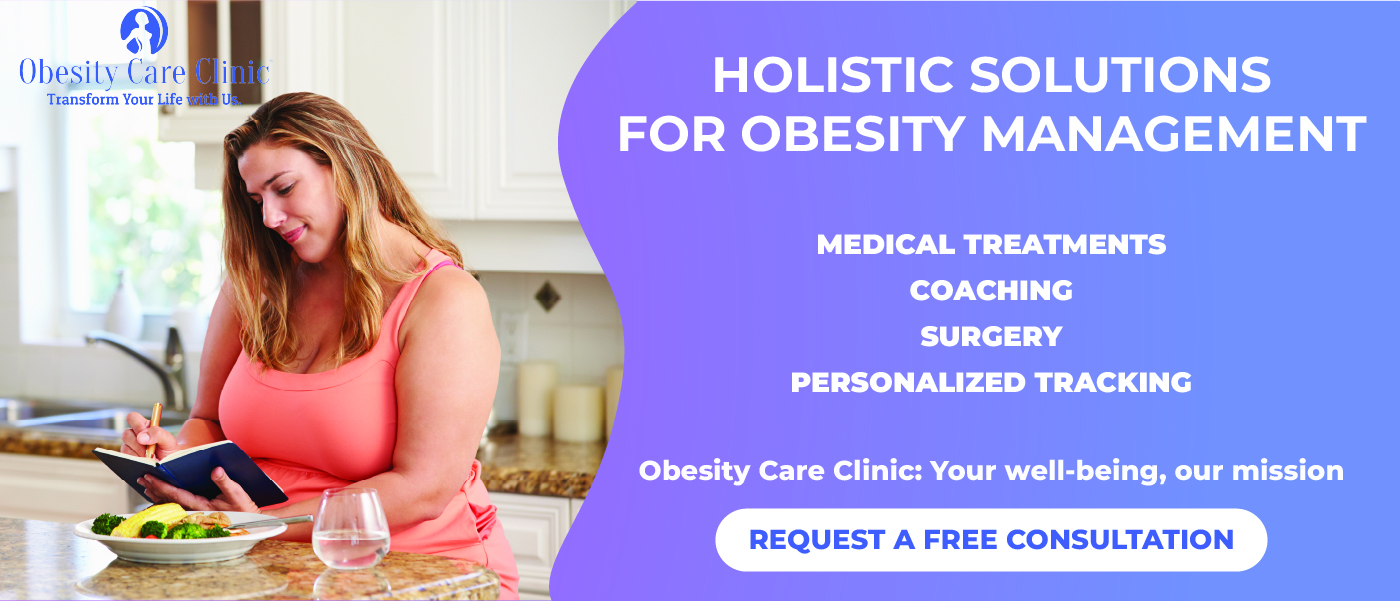Introduction
Recovery from surgery marks the beginning of a transformative journey that extends far beyond physical healing. It encompasses emotional adjustment, lifestyle changes, and psychological resilience. For many, navigating this complex transition can be overwhelming without the proper support system in place. Support groups serve as essential allies in this process, offering patients a safe space to share experiences, express emotions, and gain guidance from others who are on similar paths.
The significance of these groups lies not only in the emotional comfort they provide but also in their capacity to improve clinical outcomes, increase treatment adherence, and foster long-term well-being. Patients often encounter post-surgical challenges such as managing pain, adjusting to physical limitations, and maintaining motivation throughout a demanding recovery. Without emotional and informational support, these hurdles can compound feelings of isolation and slow down recovery.
This article explores the profound impact of support groups on post-surgical outcomes. We will examine the importance of social support, outline different types of support groups, identify what makes them effective, evaluate evidence-based benefits, and discuss common barriers to participation. The ultimate goal is to guide patients and healthcare providers in identifying or building support communities that genuinely enhance recovery.
The Importance of Social Support After Surgery
The post-operative period often presents a whirlwind of emotions and physical discomfort. In addition to healing physically, patients face psychological adjustments—grappling with fears, anxieties, and uncertainties about the future. Social support is critical during this phase, providing emotional buffering and improving the ability to cope with adversity.
Peer support, in particular, offers unique value. Interacting with individuals who have undergone similar surgeries creates a shared identity and mutual understanding. This dynamic enhances empathy and allows members to feel heard and validated, promoting emotional healing. Studies have shown that peer interactions can reduce stress, alleviate depressive symptoms, and promote resilience through the release of neurochemicals like oxytocin and dopamine, which improve mood and social bonding [1].
Support groups also function as knowledge-sharing hubs. Participants learn from one another’s experiences, acquiring practical strategies for dealing with common challenges such as managing surgical pain, handling medication side effects, preparing meals, or adapting to physical limitations. This flow of informal information often complements professional medical advice and can lead to more effective self-care.
Moreover, support groups create an environment of accountability and motivation. Regular check-ins and shared progress can inspire members to adhere to rehabilitation exercises, dietary recommendations, or mental health goals. The sense of camaraderie can motivate even reluctant patients to stay on track, knowing their progress contributes to the group’s collective momentum.
In sum, support groups are not only sources of emotional support—they are vital resources for practical information and sustained motivation during recovery.
Types of Post-Surgery Support Groups
Support groups come in various forms, each designed to meet the unique needs of different individuals and medical contexts. Choosing the right type of group can have a significant impact on recovery outcomes.
1. In-Person Peer Support Groups
These are the most traditional form of support. Often hosted at hospitals, rehabilitation centers, or community centers, these groups provide face-to-face interaction and emotional bonding. The physical presence of others can enhance trust and reinforce the sense of solidarity. However, in-person groups may pose challenges for those with mobility issues or limited transportation options.
2. Virtual Support Groups
With the rise of telehealth, virtual support groups have grown rapidly. These platforms offer flexibility and accessibility, especially for patients recovering at home or living in rural areas. Virtual meetings may be held via Zoom, dedicated apps, or social media groups, allowing real-time interaction without geographical constraints. They are particularly useful for younger, tech-savvy populations or immunocompromised patients avoiding in-person gatherings.
3. Condition-Specific Groups
Support groups tailored to specific surgeries (e.g., bariatric surgery, joint replacement, cancer-related surgeries) ensure that discussions are relevant and solutions applicable. These groups often collaborate with healthcare providers or specialists to offer medically sound guidance along with peer support.
4. Professional-Facilitated Support Groups
Some support groups are led by trained professionals—psychologists, social workers, or nurses—who bring clinical insight and facilitate structured discussions. These groups often blend therapeutic interventions with peer interaction, making them ideal for patients with pre-existing mental health conditions or complex recovery needs.
5. Social Media and Online Forums
Informal support is increasingly found in platforms like Facebook groups, Reddit communities, or dedicated patient forums. These platforms allow for 24/7 access to global communities but may lack professional oversight. While these communities provide valuable peer engagement, it’s important for members to verify the credibility of medical advice shared online.
Each type of group offers unique benefits. Often, patients benefit most from a combination of formats, blending the immediacy of virtual access with the depth of in-person interaction.
Key Characteristics of Effective Support Groups
Not all support groups are created equal. The most effective ones share several critical traits that enhance their utility, emotional safety, and therapeutic value for members.
1. Psychological Safety
An effective support group fosters an environment where members feel secure expressing vulnerabilities. Psychological safety encourages open sharing, emotional catharsis, and mutual respect. Confidentiality and non-judgmental attitudes must be strictly upheld to preserve trust [2].
2. Skilled Facilitation
Whether led by a peer or a professional, effective groups benefit from strong facilitation. A skilled facilitator ensures inclusive participation, keeps discussions on track, and diffuses conflict. Facilitators also monitor the emotional temperature of the group, recognizing when individuals may need extra support or referrals.
3. Shared Experience
Groups that bring together members with similar conditions or surgical experiences foster instant rapport. This homogeneity makes it easier for individuals to relate to each other, reducing feelings of isolation and increasing the relevance of shared information.
4. Structured Yet Flexible Format
Effective groups typically follow a structured format—such as themed meetings, guided discussions, or rotating speakers—while allowing flexibility to address immediate concerns. Structure promotes continuity and predictability, while flexibility keeps the group responsive and dynamic.
5. Empowerment and Goal Setting
Successful groups empower members to take ownership of their recovery journey. Encouraging goal-setting, celebrating small victories, and offering constructive feedback fosters confidence and accountability. Empowerment transforms the group from a support mechanism into a platform for growth and autonomy.
6. Connection to Resources
Effective support groups serve as a bridge between peer support and professional care. By connecting members to medical professionals, counseling services, and wellness programs, these groups ensure holistic support that extends beyond the group itself [3].
Evidence-Based Benefits of Support Group Participation
The positive impact of support group participation is backed by a robust body of research. From psychological well-being to physical health metrics, the benefits are both profound and far-reaching.
1. Improved Psychological Outcomes
Numerous studies report that patients involved in support groups experience lower levels of depression, anxiety, and emotional distress. Support groups provide emotional validation and promote coping strategies, helping patients reframe negative experiences and adopt a more hopeful outlook. These benefits are particularly crucial for patients recovering from life-altering surgeries, such as mastectomies or amputations [4].
2. Enhanced Compliance and Health Behaviors
Participation in support groups is associated with higher adherence to post-operative protocols, including medication schedules, exercise regimens, and dietary modifications. The social accountability inherent in group settings motivates patients to follow through with recommendations that they might otherwise neglect.
3. Reduced Hospital Readmissions
Research has shown that patients involved in support groups have lower rates of post-surgical complications and hospital readmissions. This can be attributed to improved self-care behaviors and early intervention prompted by peer advice or encouragement to seek professional help.
4. Better Pain Management
Support groups can help patients better understand and manage post-surgical pain. By sharing techniques such as breathing exercises, mindfulness practices, and medication timing strategies, members empower one another to navigate discomfort more effectively.
5. Improved Long-Term Recovery and Quality of Life
The sustained benefits of support groups extend well beyond the initial recovery phase. Patients report improved social functioning, higher life satisfaction, and a greater sense of purpose. For individuals adjusting to permanent lifestyle changes or disabilities, these groups become anchors of emotional stability and continuous encouragement [5].
Challenges and Barriers to Joining Post-Surgery Support Groups
Despite their documented benefits, many patients face barriers to participating in support groups. These obstacles can be logistical, emotional, or sociocultural in nature.
1. Lack of Awareness
Many patients are simply unaware that support groups exist or do not know how to find them. Healthcare providers may not routinely recommend support groups, or information may not be readily accessible at the point of discharge.
2. Stigma and Fear of Vulnerability
Some patients avoid support groups due to fear of being judged or appearing weak. Cultural beliefs and personal values about independence and self-reliance may deter individuals from seeking help.
3. Emotional Distress
Ironically, the emotional toll of surgery may make it difficult for patients to engage socially. Depression, anxiety, or post-traumatic stress can diminish motivation to attend meetings or speak openly with others.
4. Physical Limitations
Pain, fatigue, or mobility restrictions may prevent patients from participating in in-person groups. Even when virtual options are available, not all individuals have the technical skills or equipment to join remote meetings.
5. Accessibility and Equity
Marginalized populations may encounter barriers related to language, financial resources, or geographic location. Efforts to improve inclusivity are essential to ensure all patients can benefit from support groups.
Addressing these barriers requires proactive involvement from healthcare providers, community organizations, and group facilitators. Expanding access, offering multilingual resources, and normalizing help-seeking behavior are key strategies to improve participation.
Conclusion
The recovery journey after surgery is a profound process of physical, emotional, and psychological transformation. Support groups offer a powerful tool to navigate this complex path, fostering connection, resilience, and empowerment. By creating safe spaces for open dialogue, facilitating knowledge exchange, and promoting accountability, these groups help bridge the gap between clinical care and real-world recovery.
From in-person gatherings to virtual platforms, and from professionally-led discussions to informal peer circles, support groups are as diverse as the patients they serve. When grounded in shared experience, skilled facilitation, and resource connectivity, they become not only a refuge but a catalyst for healing.
Healthcare systems and providers must prioritize integrating support groups into post-operative care plans. By overcoming barriers to participation and increasing awareness, we can unlock the full potential of these communities and enhance outcomes for millions of surgical patients worldwide.
References
Solomon, P. (2004). Peer Support/Peer Provided Services: Underlying Processes, Benefits, and Critical Ingredients. Psychiatric Rehabilitation Journal.
Uchino, B. N. (2006). Social Support and Health: A Review of Physiological Processes Potentially Underlying Links to Disease Outcomes. Journal of Behavioral Medicine.
Helgeson, V. S., & Cohen, S. (1996). Social Support and Adjustment to Cancer: Reconciling Descriptive, Correlational, and Intervention Research. Health Psychology.
Dennis, C. L. (2003). Peer Support Within a Health Care Context: A Concept Analysis. International Journal of Nursing Studies.
Cutrona, C. E., & Russell, D. W. (1987). The Provisions of Social Relationships and Adaptation to Stress. Advances in Personal Relationships.




